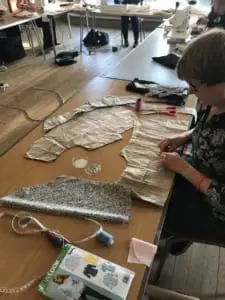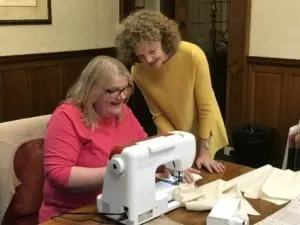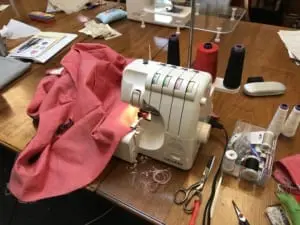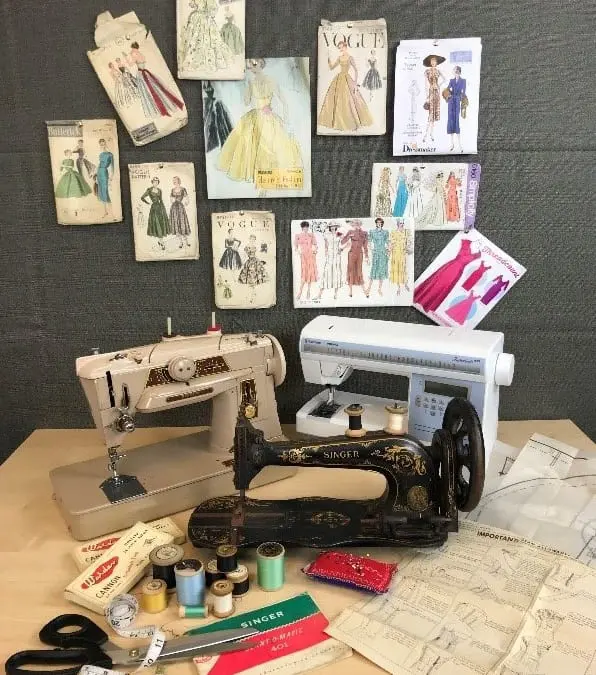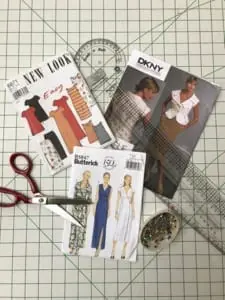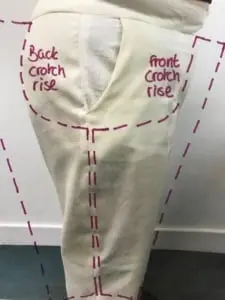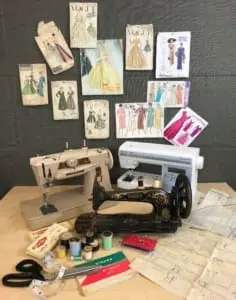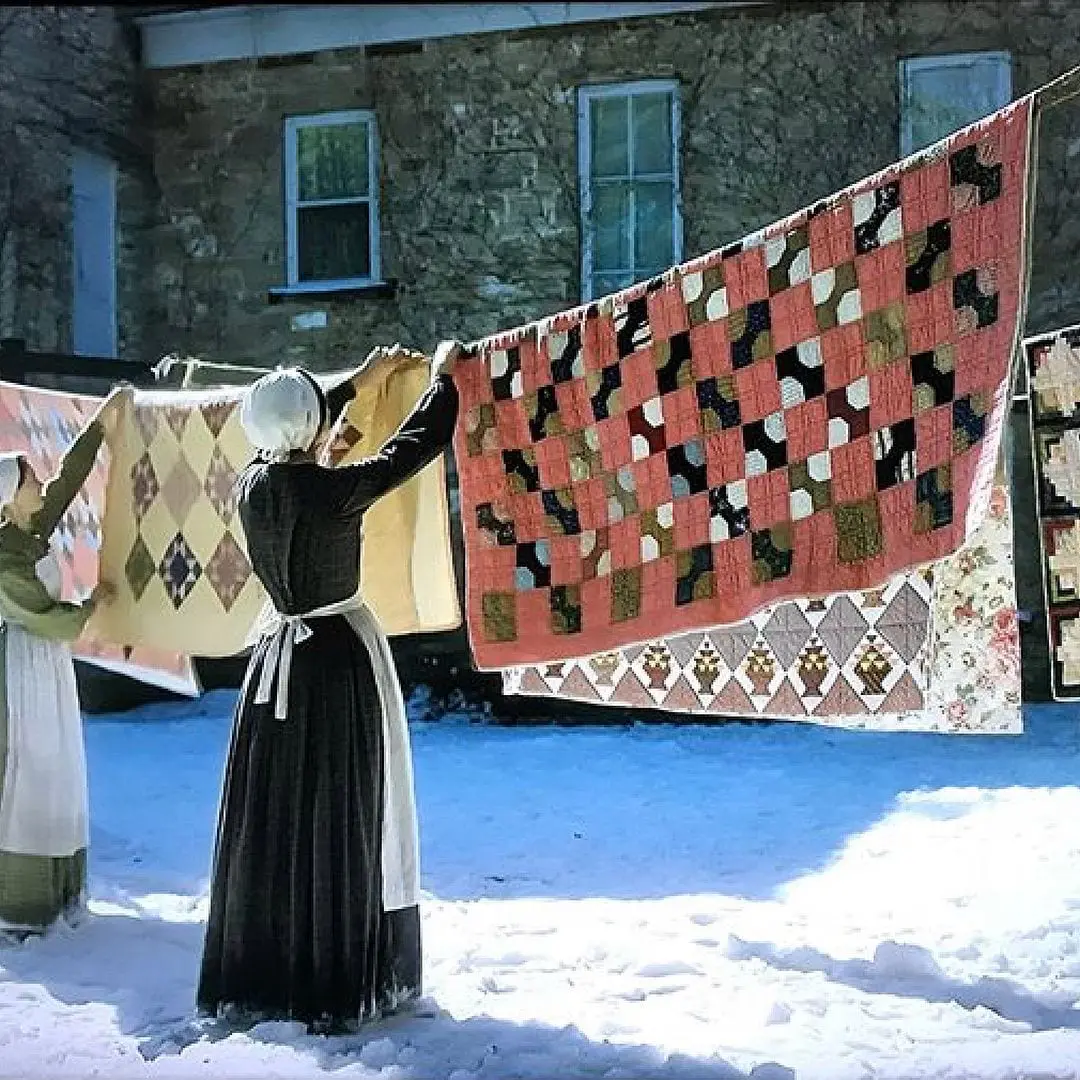
Patchwork quilts and their storytelling potential in Alias Grace
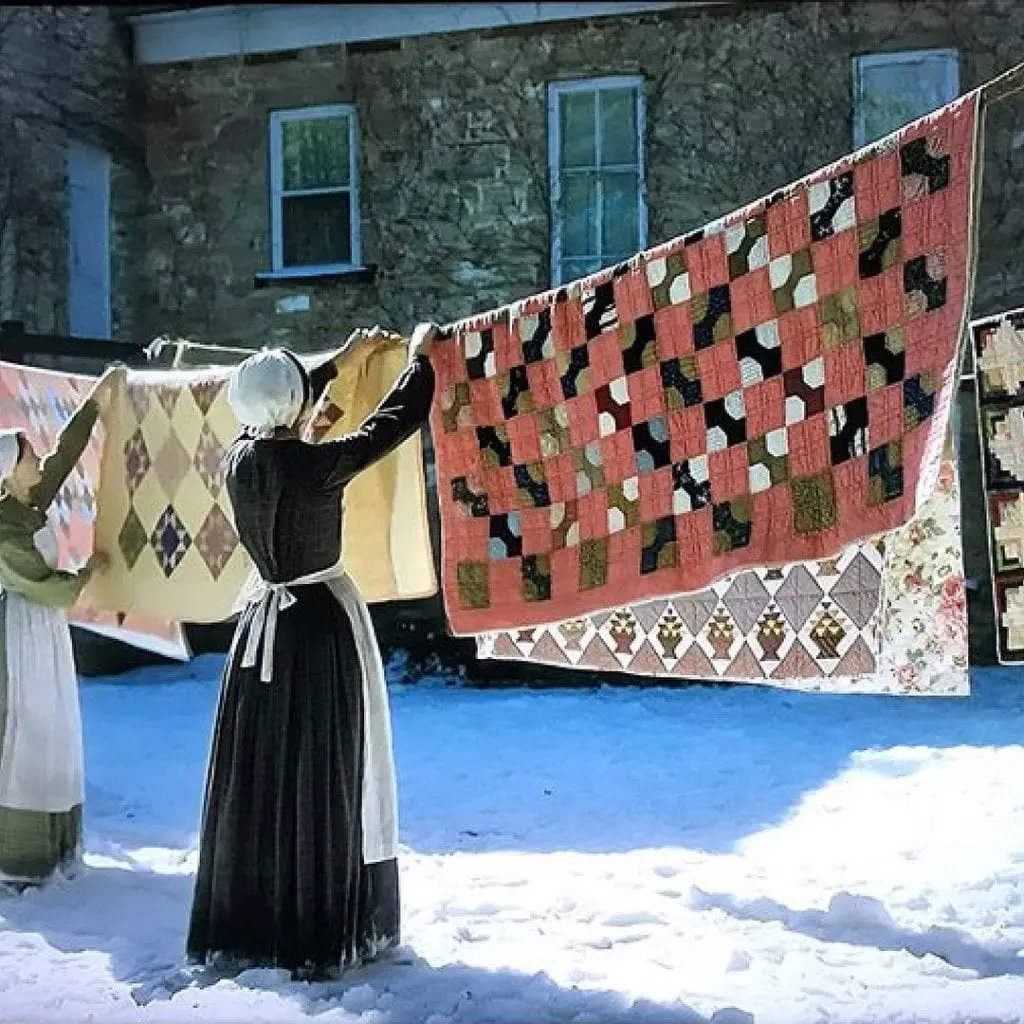
When you first start watching ‘Alias Grace’, the Netflix adaptation of the novel by the same name by Margaret Atwood, you might not expect a crafting element. Perhaps you expect a murder mystery? Or a deep dive into life as an Irish immigrant in Canada in the 1800s? But it soon becomes clear that’s there’s more to this story than meets the eye and patchwork quilts play a key role.
‘Alias Grace’ fictionalises the story of Grace Marks, a woman accused of murdering her master, Thomas Kinnear, and his housekeeper, Nancy Montgomery, in 1843. Grace is serving a life sentence when the story begins but a group of social reformers believe she’s innocent and task Dr Simon Jordan with proving it.
So where do patchwork quilts come in?
Well, from the very first episode, we see an emphasis put on patchwork quilts and sewing. During each of Grace’s sessions with Dr. Jordan, she sews, and more specifically, she sews quilts. Why does this matter? In short, the series stitches her life together. We follow her story from her immigration to Canada, through her first jobs, the murders, and everything that comes after. There’s a particular focus on her relationship with Mary Whitney, her first true friend, and Nancy Montgomery. It’s a mystery that, even by the very last episode, still has you guessing. Is Grace a ‘murderess’ or a wrongfully accused victim? We don’t know.
At the beginning, Grace sews a log cabin quilt. It’s one of the first patchwork quilts she sews with its distinctive red square in the middle. Light and dark patches surround each red square, and it is rife with symbolism in the context of the story. In many ways, it could be taken as the truth of the situation, while the white and black rectangles around it are the lies and half-truths Grace feeds Dr Jordan about her life. She stiches them together until they are inseparable and one cannot be extracted from other.
In the book, the quilt metaphor is much stronger. The narrative weaves its way between Grace’s point of view as she tells her story and Dr Jordan’s point of view as he attempts to untangle the truth, layering their present with tales of the past. In amongst this, are poems and new articles that offer yet more perspectives on the murders and those involved. Much like a patchwork quilt, these different elements are stitched together to create a fascinating whole that can’t simply be broken down into its individual parts.
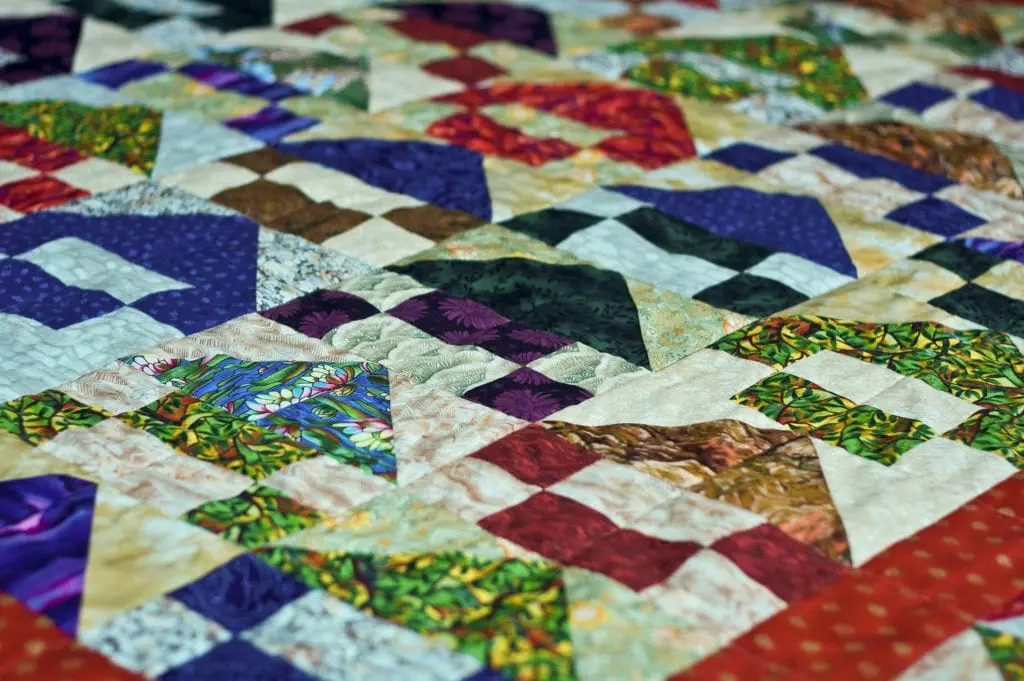
Quilts as storytelling
Even in the series, the quilts of Alias Grace function as form of storytelling. They’re a way of preserving history, but more specifically, women’s history, since women traditionally did much of the sewing within a household. According to Grace, a woman should make three quilts before she’s married: a Tree of Paradise, a Flower Basket, and a Pandora’s Box. Although, some versions of this truism replace the Pandora’s Box with a Double Wedding Ring quilt. Thanks to its complicated twists and turns, it’s supposed give the maker all the skills she needs for running a household!
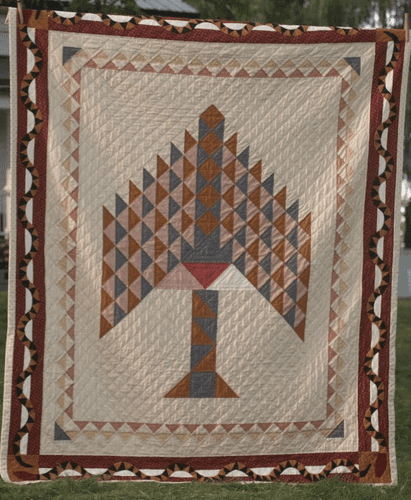
Grace spends most of the series sewing for other people. But with her release, comes the opportunity to sew her own quilt. She chooses a Tree of Paradise. Snakes twist around the edges of a huge, eye-catching tree. And in the middle, Grace uses three triangles of saved fabric that connects her with the other two most important women in her story; her friend, Mary Whitney, and the woman she may have murdered, Nancy Montgomery. She preserves their story, and her truth, in her quilt. So although we don’t find out what really happened, we see Grace take ownership of her story. Even if it is just for herself.


